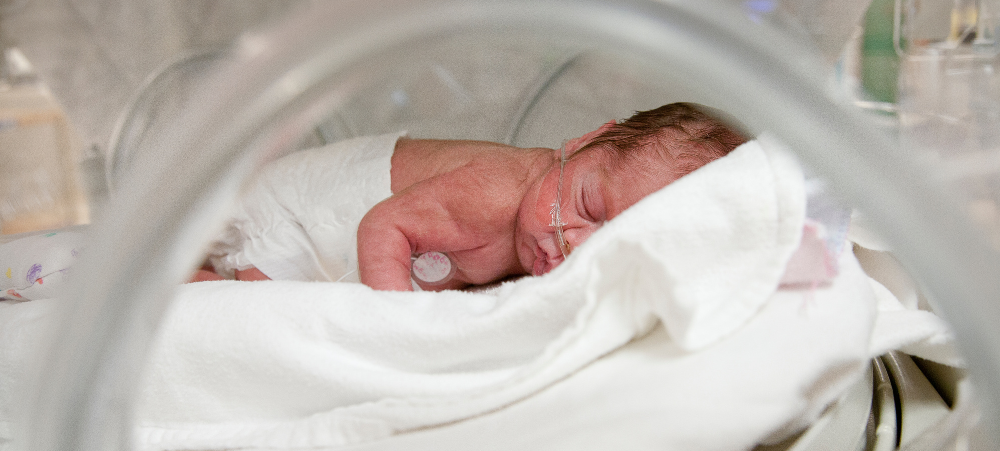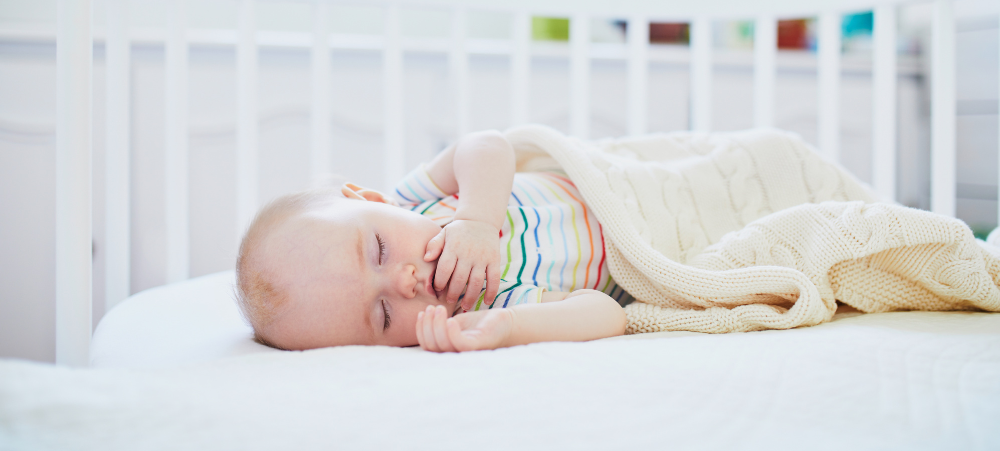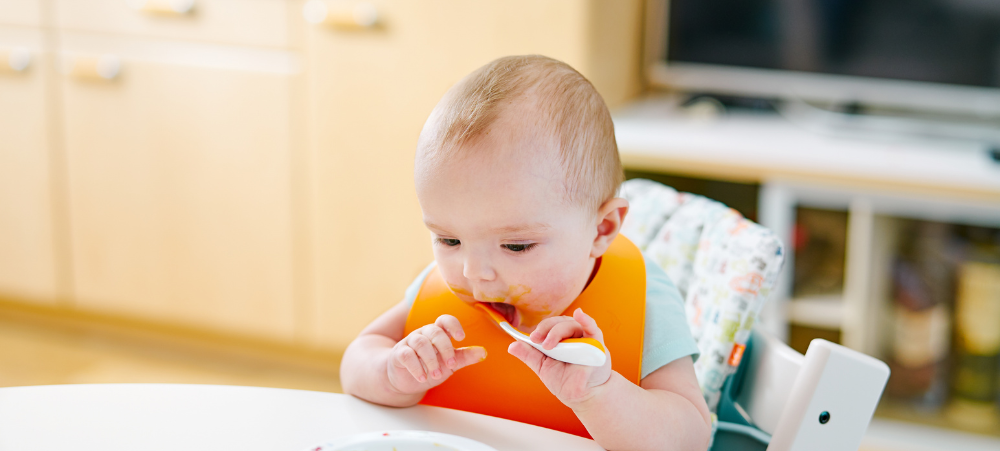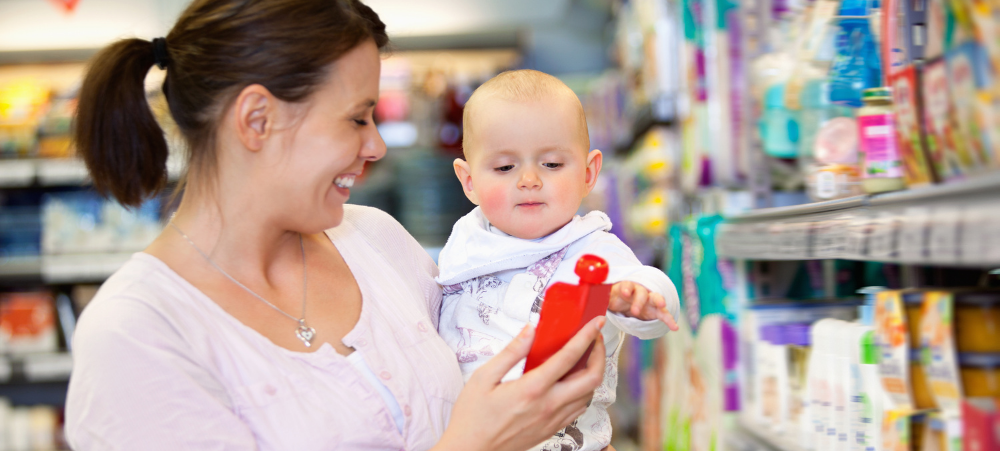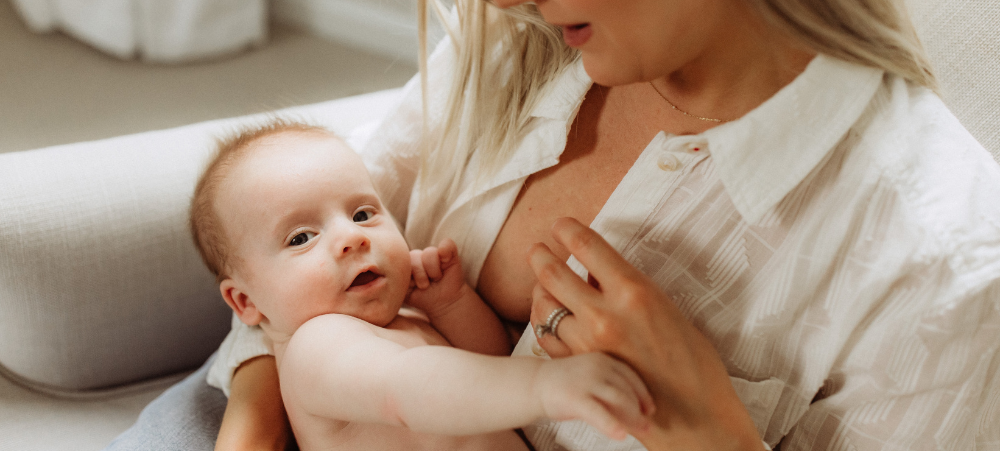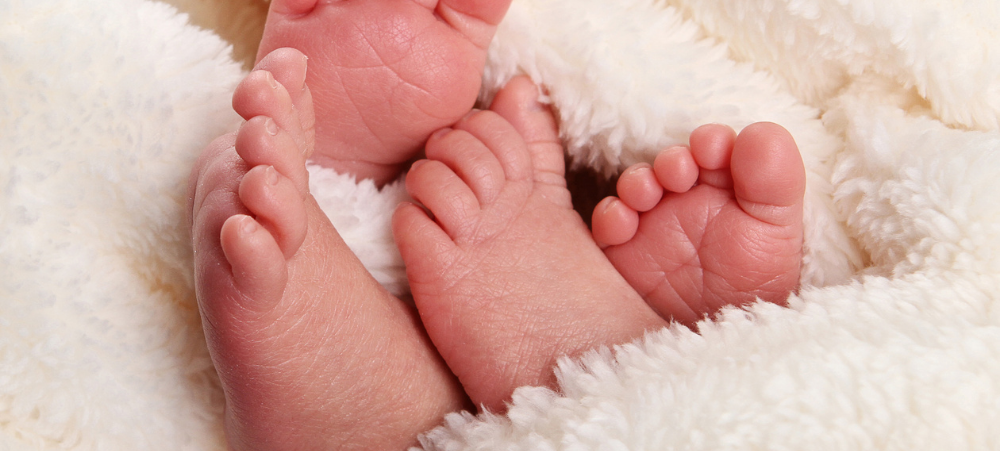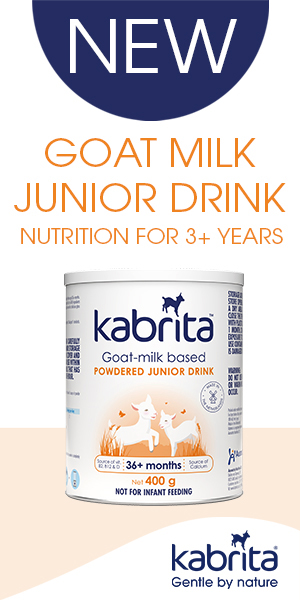When we found out that we were expecting a boy, my husband acted as if a great weight had been lifted from his shoulders. He had an intense fear of raising a teenage girl who would PMS and end up liking and dating… boys! I have a sister and many female cousins, so there is no denying that my knowledge of boys and what to expect when you’re raising one is lacking. One of the most challenging decisions that I have had to make, as a mom of a boy, was whether to make the cut –circumcision. I am all about creating community and have found that when it comes to teething, rashes, and fevers, you will find an abundance of moms sharing their stories and experiences. But when I had to come to terms with circumcising my 10 day old son, there is all the complicated, medical information available but no real-life stories. It puzzles me that in this day and age, we still hide over a trivial word like “penis” and “vagina”. There is a list of reasons why circumcision is considered, they range from religion, cultural beliefs and hygiene. Some articles suggest that daddy and baby should look the same to avoid confusion, in the nearby inquisitive years. My husband’s argument was that he’d feel more comfortable having it done, as he wouldn’t even know where to begin when it came to cleaning an un-circumcised penis, that he worried about our son being confused in locker rooms or worse, teased. I suggested that we wait until he was older but after speaking with an adult, who was forced to have it done in his adulthood, he mentioned how painful it was and how much more complicated the procedure could become. You are probably wondering why I would be discussing circumcision with other men, but I wanted to know, is this as important as my husband was making it out to be. Turns out, it is! There are several emotions that I experienced going through this process. I was filled with anxiety that tethered to the insides of my stomach. I couldn’t quite picture handing my son over to someone, who’s intention was to take a blade to his penis. I set to Google who didn’t soften the punch when explaining the procedure. Anger settled in, when I tried discussing my concerns with my husband who wouldn’t hear the other end of it. I was so livid that he was all for handing over my baby, it just made no sense that he could be okay with this! Sadness was closely followed by acceptance when I realized that this is happening, that the following day, I would walk into a hospital where I would pass my son over to a stranger, who I would need to trust. On the day, I was greeted by very friendly nurses who took my son from me, they undressed him and put a numbing cream on him. The doctor took time in explaining what would happen in each step of the procedure. He didn’t laugh at my insecurities when I asked him how many circumcisions he had done, or would my son really be grateful in the future? After everything was explained, I signed the documentation and went for coffee, while we waited for the cream and Ponado to settle in. We went back, handed Axl over and left the room. He encouraged that we go for coffee and return in 20 minutes. We did so. I expected to return to an upset baby who would just want boob and the comfort of his mom’s arms, but instead, I returned to a sleeping baby being cradled by a nurse. The doctor explained that there would be blood in his next nappy change, and that there would be a yellow bandage that should stay on for a few days but that he’d see us in a week, and if it still hadn’t fallen off, he’d remove it. We weren’t to bath him, but needed to keep him clean. I had complete heart failure for the first nappy change. The sight of blood coming from my baby was all too much, and surely something had to be wrong!? The doctor had given me his private cell number, but I felt pretty lame calling him – as it is, I had quizzed him with a half dozen unmentionable questions, that still make my cheeks flush. On day 6, his bandage came off and even though the doctor had told me to expect it. I called my husband in panic, explaining that his penis looked “weird” and pinkish. It was expected that it would be pinkish, but I didn’t really know what to expect it to look like. Remember, I was brought up with girls! We put Vaseline on, after every nappy change, to stop the nappy from sticking, and continued for about 2 weeks after the procedure, to ensure everything was healed. I remember for our 1 week check-up, the doctor said my son has such a good looking penis. I mean, what is that even? What makes a penis good looking, doctor? Remember the emotional rollercoaster that I mentioned, earlier? Turns out that it continues. I am both humoured by my journey and how I reacted, but more so, grateful! I am glad that my husband asked for our son to be circumcised, and I am sure my son will be too. At the end of the day, it is done and will never be a concern in the future whether he is being clean about his habits, or whether he has infections that can lead to more serious issues. I wish that more moms would share their stories, to help comfort and support other moms. Circumcision is a big decision to make, especially when you’re sleep-deprived and new to motherhood, with very little knowledge on the male anatomy. It is scary that you only have 8-14 days after birth, to make that


















